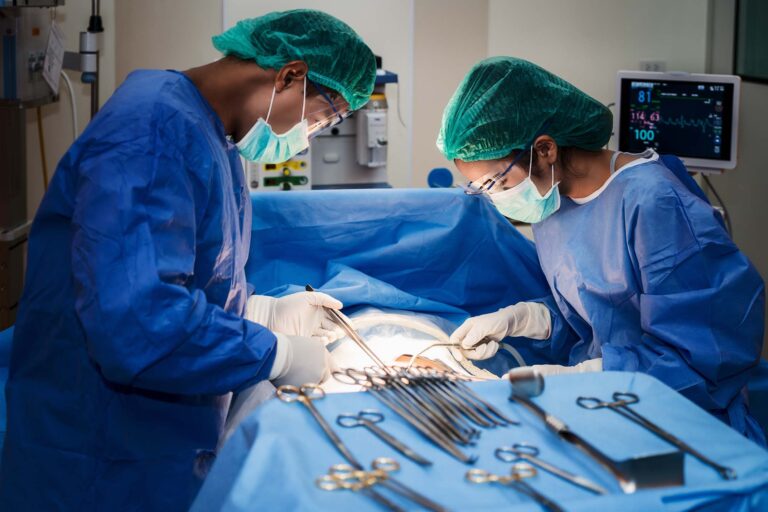Introduction
Bringing a medical device to market in 2025 requires more than technological innovation. Regulatory requirements, reimbursement strategies, and surgeon adoption pathways must align to ensure widespread clinical use. Hospitals and surgical centers evaluate new devices based on patient outcomes, procedural efficiency, and cost-effectiveness. Without a structured commercialization strategy, even groundbreaking technology risks limited adoption.
Step 1: Regulatory Approval – The Foundation of Commercialization
A medical device cannot enter the market without meeting regulatory requirements. Approval pathways vary by classification and geography.
- FDA Approval (U.S.) 510(k), PMA (Pre-Market Approval), or De Novo pathways determine clearance based on risk profile and substantial equivalence
- EU MDR Compliance European regulations require stricter clinical evidence and post-market surveillance than previous directives
- Other Global Markets Health Canada, China’s NMPA, and Japan’s PMDA each have unique approval processes that impact international expansion strategies
Step 2: Market Access & Reimbursement Strategy
Hospitals and surgeons will not integrate a new device without a clear reimbursement pathway. Considerations include:
- CPT codes and procedural billing alignment
- Coverage policies from Medicare, Medicaid, and private insurers
- Cost-benefit analysis for hospital purchasing committees
A reimbursement strategy should be developed early, alongside regulatory submissions, to prevent delays in market entry.
Step 3: Finding the Right Medical Device Distributor or Direct Sales Strategy
The sales strategy must align with the product’s complexity and target market. Distributors and direct sales teams offer different advantages.
- Distributors provide an established network and logistics infrastructure but limit manufacturer control over messaging and education
- Direct sales allow for greater clinical engagement but require significant investment in training and personnel
The choice depends on whether rapid market penetration or long-term surgeon relationships is the priority.
Step 4: Surgeon Training & Adoption Strategies
Surgeons require more than awareness of a new device. Training and real-world application drive adoption. Effective strategies include:
- Peer-to-peer education through key opinion leaders (KOLs) and proctorship programs
- Hands-on experience via cadaver labs, simulation technology, and case observation
- Digital learning platforms offering on-demand procedural guidance and case study reviews
Devices that fit seamlessly into existing workflows and improve clinical outcomes see faster adoption and long-term retention.
Step 5: Scaling Beyond the Initial Launch
Successful commercialization does not end at launch. Long-term success depends on ongoing clinical validation, regulatory updates, and real-world feedback.
Is Your Commercialization Strategy Ready for 2025?
Devices that fail to integrate regulatory, reimbursement, and adoption strategies face significant barriers to market entry. Ensuring alignment across all commercialization phases improves adoption rates and clinical success.
You’ve got the product. Now, let’s create the demand. Ready to take the next step? Let’s talk.





